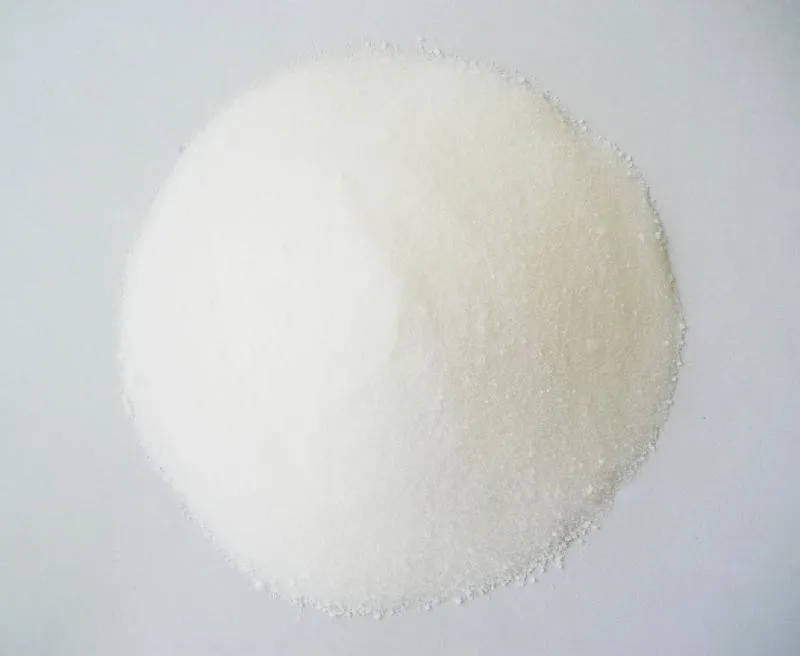Potassium Fertilizer Techniques for Sweet Potato
Base fertilizer
Basal fertilizer application of potassium fertilizer is the basis for sweet potato to obtain high yield. Therefore, high-quality organic fertilizers should be the mainstay. Because sandy soil has poor water retention and fertilizer retention, it is advisable to use semi-perishable organic fertilizer as the base fertilizer, and clay soil should be applied with mature organic fertilizer. Combine the use of turfgrass with 100-150 kilograms of plant ash or 3,500-5,000 kilograms of high-quality farmyard manure containing potassium. In the application of plant ash, be careful not to mix with ammonium nitrogen fertilizer or human waste, so as not to cause loss of nitrogen volatilization. In addition, sweet potatoes are chlorine crops and potassium chloride cannot be used.
Potato vine extract potassium
Soaking potassium with potato vines can increase survival and promote early-onset hair growth. The specific method is: 0.5 kg of potassium sulfate water, add 25 kg of water and mix well to make a 2% concentration of potassium. Cut the sweet potato vine seedlings into the potassium solution and the top leaves should be exposed. After soaking for 1 hour, it can be planted by taking it out and drying it.
Potato seedlings catch potassium
About 40 days after planting, 10 kg of potassium sulphate was used in the mu, and a deep hole was applied at the base of the potato seedling at a depth of 7-10 cm, and soil was applied after the application to promote the formation and expansion of tuberous roots. When the potato vine grows to about 1 meter, in the morning with no wind and dew, mu is about 50 kilograms of plant ash, which is directly applied on the leaf surface, which can prevent the potato vines from becoming long and promote the expansion of the tubers. In the expansion period of the potato block, if the soil is moist, there is more rain, and when the vines and leaves turn yellow, more ash can be applied.
Foliar spraying
In the late growth stage of sweet potato, spraying potassium fertilizer solution on leaves has a significant effect on yield increase. Usually 40-50 days before harvest, use 1% potassium sulfate solution or 0.2% potassium dihydrogen phosphate solution or 5% plant ash leaching solution (5 kg of turfgrass plus 100 kg of water soaked for 24 hours and filtered to remove slag) every 7 days or so Spray 1 time, spray 2-3 times, spraying 75-100 kg of potassium fertilizer per acre. It is generally advisable to spray in the evening to facilitate the absorption of the leaves and increase the fertilizer efficiency.
1. Specifications
1.Sodium Gluconate
2. ISO9001, 22000,14001
| Quality Standard | ||
| Industry grade | food grade | |
| Assay% | ≥98.0 | 98.0-102.0 |
| Moisture% | ≤0.50 | ≤0.30 |
| Reduzate% | ≤0.70 | ≤0.50 |
| PH | 6.2-7.8 | 6.2-7.8 |
| Sulfate% | ≤0.05 | ≤0.05 |
| Chloride | ≤0.07 | ≤0.07 |
| Pb ug/g | ≤2 | ≤1 |
| Arsenic ug/g | ≤2 | ≤2 |
| Heavy metals ug/g | ≤10 |
≤10 |

Sodium Gluconate,98% Sodium Gluconate,White Sodium Gluconate,Sodium Gluconate 99%
Shandong Tiancheng Chemical Co., Ltd. , https://www.tianchengchemical.com